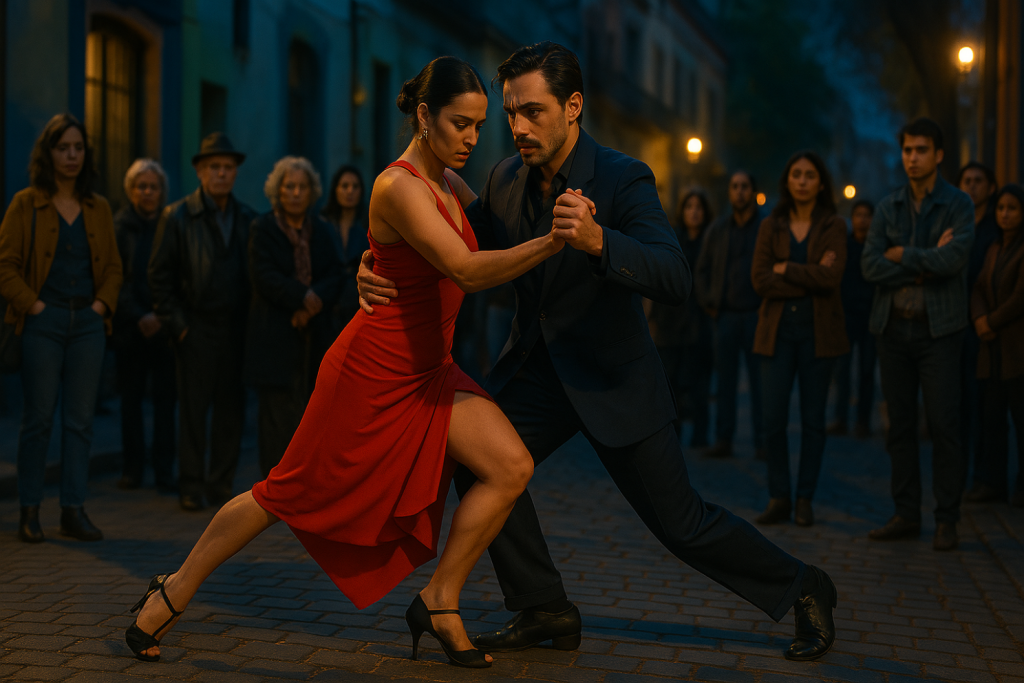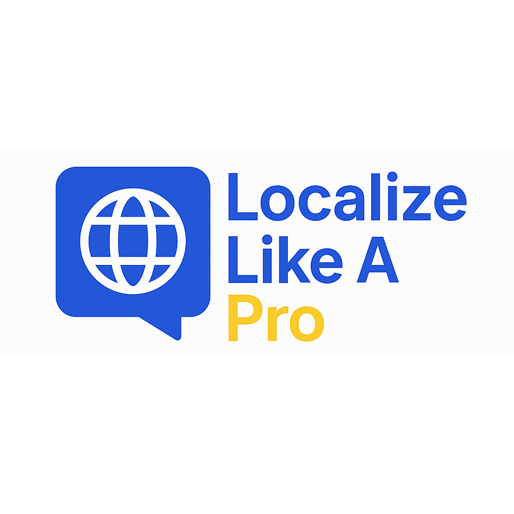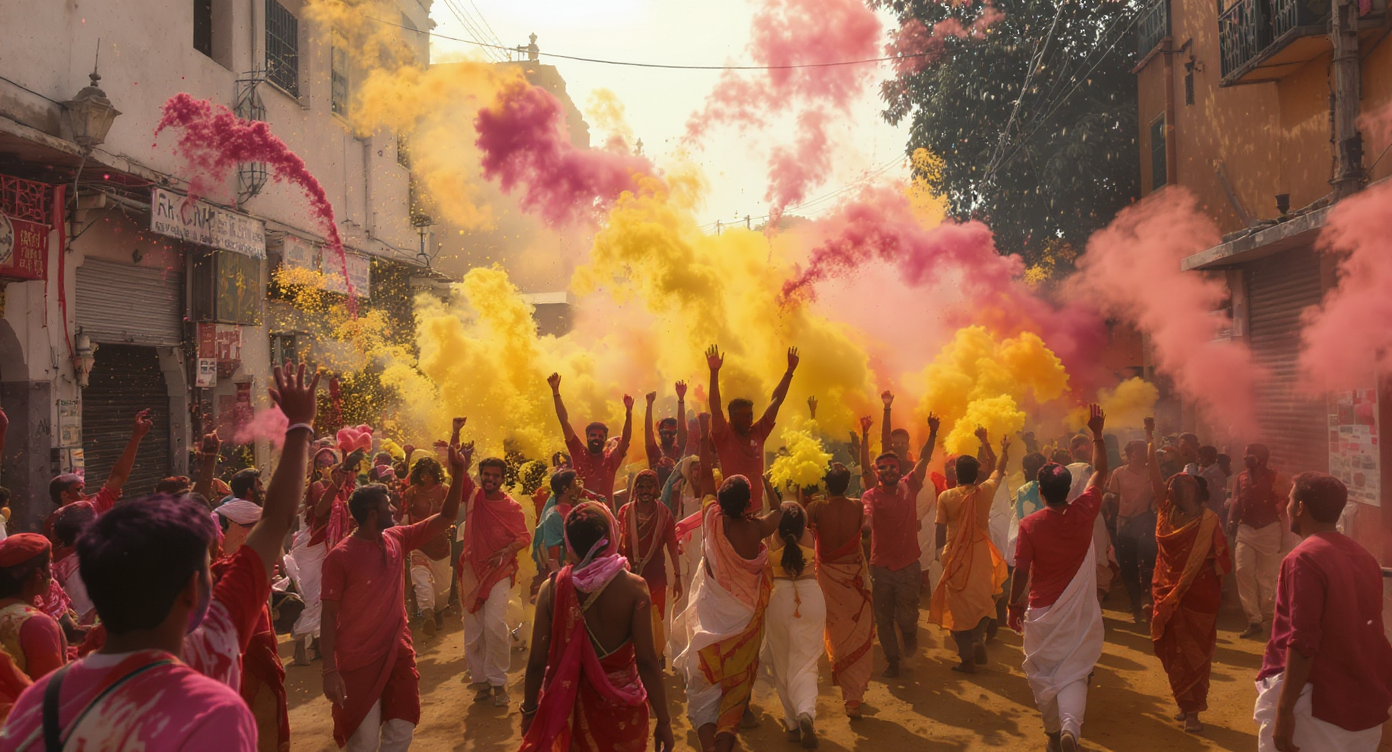AI image generators are on the rise.
Nearly every week brings a new tool or update that is supposed to enchant the users and empower content creators.
But how do you make these AI-generated visuals culturally relevant?
What to do to create images suitable for your local content?
Here’s how to infuse AI images with local flavor for more engagement and relevance.
1. Research Your Audience’s Visual Tastes
Don’t rely on generic prompts like “a German woman in the city.” Resasearch your audience. Be specific. Paint the whole picture, set the background, specify the mood. Ask yourself: What does your target audience find relatable or aspirational?
Thorough research will help you avoid clichés and add more context. For example, find out if your Gen Z buyer in Tokyo is more into minimalist streetwear or Y2K nostalgia. Or: What does “traditional” actually mean in Mexico? And is that the value your audience prioritizes?
Takeaway: Cultural research comes first. Prompting comes second.
2. Write Bias-Free, Location-Specific Prompts
AI tools often mirror real-life shortcuts. Including stereotypes. To be on the safe side, avoid words like “typical” or “average”. Describe exactly what you want, for example, instead of “a typical German woman”, ask for: “a young woman in her 30s, brown hair, blue eyes, standing near Berlin’s Brandenburger Tor.”
The more precise, the more likely the image will hit the mark.
Takeaway: Specificity helps to avoid assumptions and harmful bias.

3. Choose the Right Tool for the Job
Not all AI image generators are created equal. Some (like Midjourney) shine in aesthetic variety, others (like ChatGPT) excel at infographics and embedded text. And don’t forget licenses: some tools limit commercial use unless you pay up. Depending on the type of images you want to create, your budget, and target audience, your go-to tool may differ.
Before you jump into it and commit to a yearly license, explore a couple of tools to verify which one handles your task perfectly. Consider running the same prompt in several AI-image generators to compare the results. Explore the image editing features, advanced options, style selection, text rendering, and other items relevant for your use case.
Takeaway: Test several tools to pick the one that meets your needs.

4. Tweak, Test, and Retest
Your first AI image likely won’t be “the one.” Use built-in features like “Vary” or “Upscale” to experiment with the results. Remember also to refine your prompt with photography terms, emotions, or art styles. And know when to stop. Endless tweaking eats up the speed benefit.
For inspiration on how to create effective prompts, check AI-image generator galleries, for example, in Midjourney, Leonardo AI, or Ideogram. Images displayed there always come with prompts, so you can learn what wording and structure to use for the best results.
Takeaway: Tweaking is part of the process, not a detour.
5. Mind the Medium
Image ratios matter. A graphic that looks stunning in a LinkedIn post might get awkwardly cropped on Instagram. Tailor your aspect ratio to each channel. Better yet, generate platform-specific versions.
Your audience in each channel may differ, so you can consider publishing different images on different platforms to make sure your content resonates with the viewers.
Takeaway: Content is only half of the equation. The format matters too.

6. Gather Feedback Before You Hit Publish
What joy! Your first image is ready. But don’t hit the tempting Publish button just yet. First, show your image to reviewers, colleagues, or focus groups.
Ask: Does this feel right? Does this image truly represent someone from the target culture? Is it free from biases and stereotypes? You’re not just looking for compliments, you’re working hard to avoid cultural missteps.
Takeaway: Take time to gather feedback to avoid cultural blunders.
Final thoughts
Creating localized AI images requires a decent dose of cultural expertise and creativity. Start with your audience, write specific, bias-free prompts, and let the tools follow your lead. Because if your image doesn’t speak your audience’s language, you might lose those precious clicks.
Curious to learn more?
Join our on-demand masterclass in AI-based image localization and learn how to create visuals that resonate with your audience.
Dorota Pawlak
Dorota is a localization consultant and AI trainer helping content teams and freelancers work smarter. She runs Localize Like A Pro.

